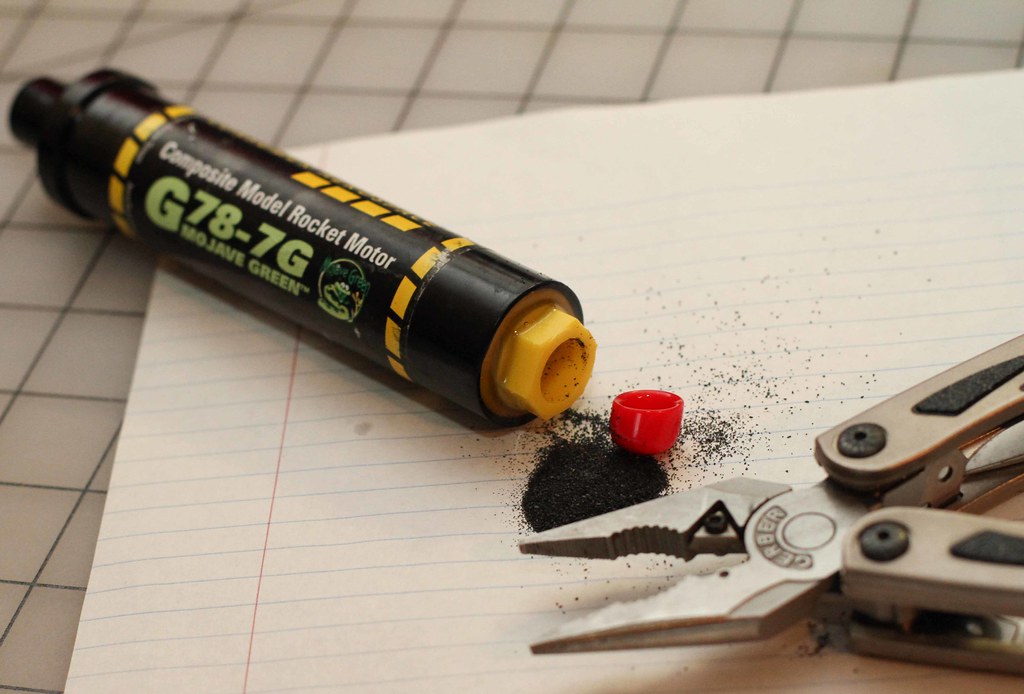Well, now I am totally and overwhelmingly confused with all the answers here. I think I need to find a member of my club (ROC) and find out how he/she does things. I am very good and show and tell, and usually get things on the first go around. Right now I don't know which end is up after all these answers. Caley Ann
You're confused because you got answers to questions you weren't asking, and probably people using terms with which you are not familiar, and others asking questions of their own not related to your question.
Let me try to make it simple.
For black powder motors like Estes manufactures, you cannot (read
should not) alter the delay or the deployment charge in any way. You buy the motor with the specs that most closely match your rocket's needs and go with it.
In dual deployment, you want your altimeter to deploy your chutes. The altimeter is more accurate than any guess at a delay time. Lots of things affect when the deployment should occur. A rocket that has flown successfully ten times with a 5-second delay may one day deploy too early or too late. The altimeter doesn't guess. It determines apogee in real time.
So in the simplest cases, you have one altimeter, a drogue charge, and a main charge. You don't want your motor to eject the drogue, so you cut/remove the end cap and pour out the black powder. Now your motor can't screw up what your altimeter is doing by firing too early, too late, or at the same time (double-sized charge!).
However, you may be noticing that in this case, you have no back-up if the altimeter fails. So, in order to avoid failure, you can either have a redundant system (two altimeters, total of four charges), or use the motor's charge as a back-up. Smaller rockets have no room for two systems, and thus motor back-up is a great option.
If using motor back-up, you need to make sure that the motor's charge does not deploy until after the altimeter by a second or two. To do this, if you expect your optimal delay to be five seconds, drill it to be seven seconds. if you expect it to be three seconds, drill it to five, etc.
In some cases, you may find that for a particular rocket/motor combo, you need a longer delay than what is provided by the manufacturer. IOW, if you have a motor with a 14-second delay, and you calculate that you need a 15-second delay to avoid firing before the altimeter, then you must dump out the powder. No choice there.
If in any case you have to remove the motor's deployment charge, you must plug the hole somehow so that the burning gasses from the propellant don't come out of the top of the motor. Some people fill the hole with epoxy, some stuff the hole with dog barf and tape it over.
In summary:
- Estes and SU motors with no DD: buy motor with delay to suit rocket
- Reloadable motors with no DD: drill to suit rocket
- Reloadable motors with DD: drill to fire 2 seconds after optimal delay
- Reloadable motors with DD with two altimeters: same as above, or remove BP and plug closure
- Reloadable motors with DD, but optimal delay is longer than supplied delay: remove BP and plug closure
I hope this helps and doesn't make you more confused. I agree that the best way to learn is at a launch. A picture really is worth 1000 words.





